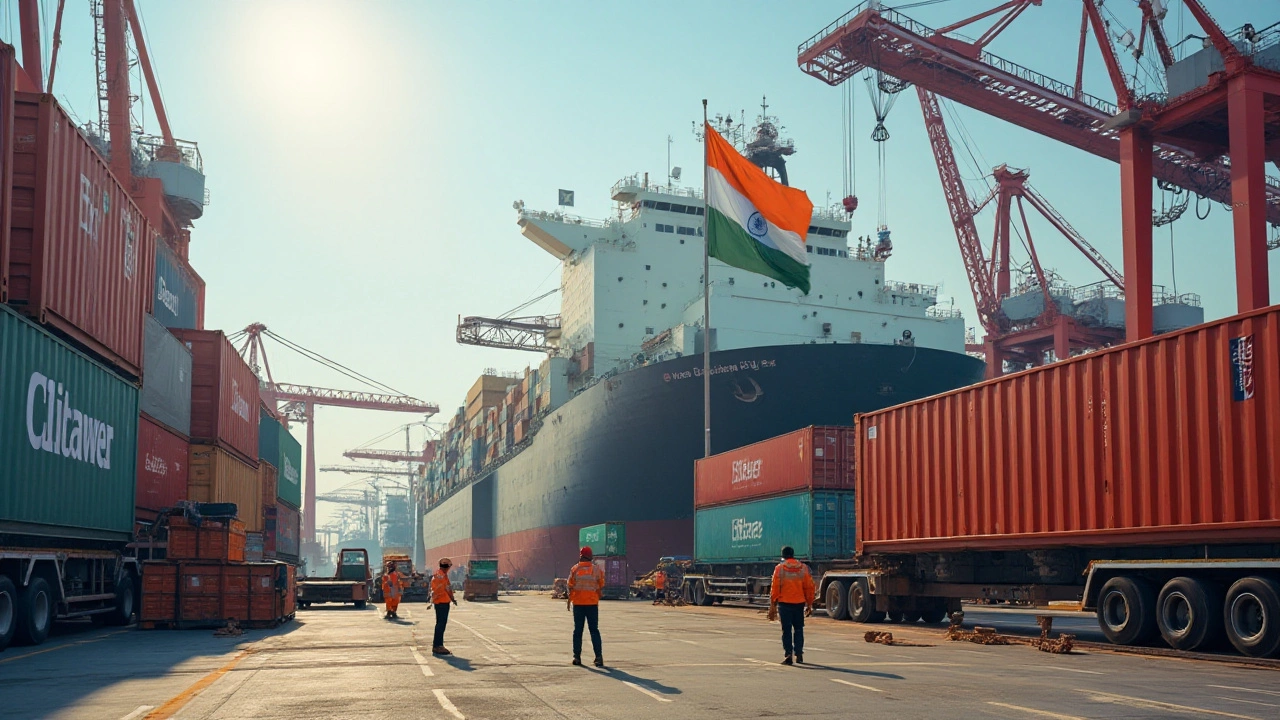Electronic Exports: What’s Happening and Why It Matters
If you work in manufacturing or just keep an eye on global trade, you’ve probably heard the phrase “electronic exports” a lot lately. The numbers are moving fast, and a few countries are pulling ahead. Knowing the why and the how can save you money, open new markets, and keep your business ahead of the curve.
Who’s Leading the Pack?
China still dominates the scene. It ships everything from phones to smart home gadgets, and its factories can crank out millions of units a month. The scale and low cost keep it on top. India is catching up fast. With lower labor costs, a growing tech talent pool, and government incentives, Indian firms are starting to supply PCs, telecom gear, and even automotive electronics to the US and Europe.
The United States remains the biggest buyer of electronic goods. U.S. import data shows it pulls in more than half of the world’s exported electronics, mainly from China, but the share from India rose by 12% last year. Europe follows closely, with Germany and the UK importing a lot of high‑end components.
What Drives Export Growth?
Three things are pushing the numbers up. First, consumer demand for gadgets never stops. People keep swapping phones, adding smart speakers, and upgrading laptops. Second, companies are outsourcing production to keep prices low, which means more factories abroad get orders. Third, trade policies matter. Recent tariff tweaks between the U.S. and China have nudged some firms to shift parts of their supply chain to India or Southeast Asia.
For manufacturers, the sweet spot is to focus on products that need quick turnaround and can be made at scale. Think of printed circuit boards, LED modules, and battery packs. These items are cheap to produce in high volume and fetch good prices in overseas markets.
Another practical tip: get your certifications in order. US and EU buyers often ask for ISO 9001, RoHS, and CE marks. Having those paperwork ready speeds up negotiations and avoids costly delays at customs.
Logistics also play a big role. Shipping electronics by sea is cheap but slow; air freight costs more but can win you contracts that need fast delivery. Many Indian exporters now use a mix of both to stay flexible.
Finally, keep an eye on emerging markets like Brazil and Africa. Their demand for affordable electronics is rising, and competition there isn’t as fierce as in the U.S. or Europe. A small batch of rugged smartphones or low‑cost tablets can earn you a foothold and grow into a larger order.
Bottom line: electronic exports are booming, and the field is getting more diverse. China stays the heavyweight, but India’s share is climbing thanks to lower costs and supportive policies. If you want to break into the market, focus on certifications, smart logistics, and niche products that match the needs of fast‑growing regions.

Shipping Electronics from India to the USA: A Comprehensive Guide
Shipping electronics from India to the USA involves numerous factors that one should consider. From understanding the customs duties and regulations to ensuring proper packaging and logistics, it is essential to know the intricacies involved. This guide provides insights on navigating through the process smoothly, including tips on partnering with reliable shipping companies and understanding the legal requirements. Knowing these key elements can help facilitate a successful export experience.
